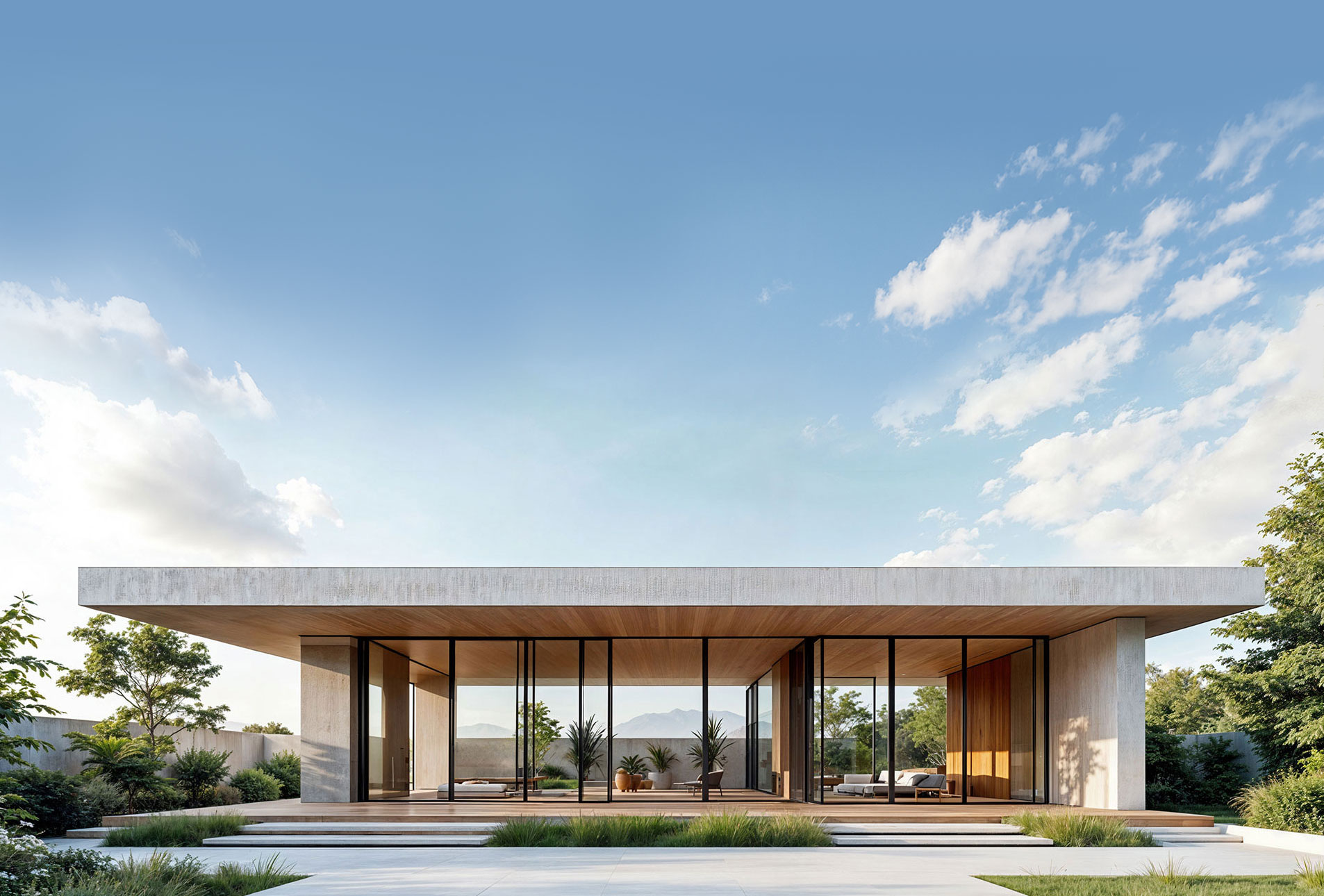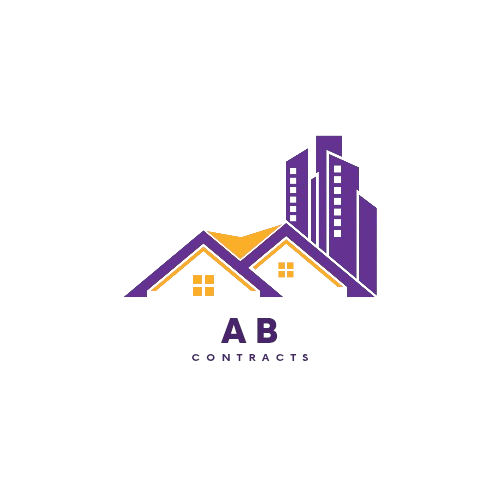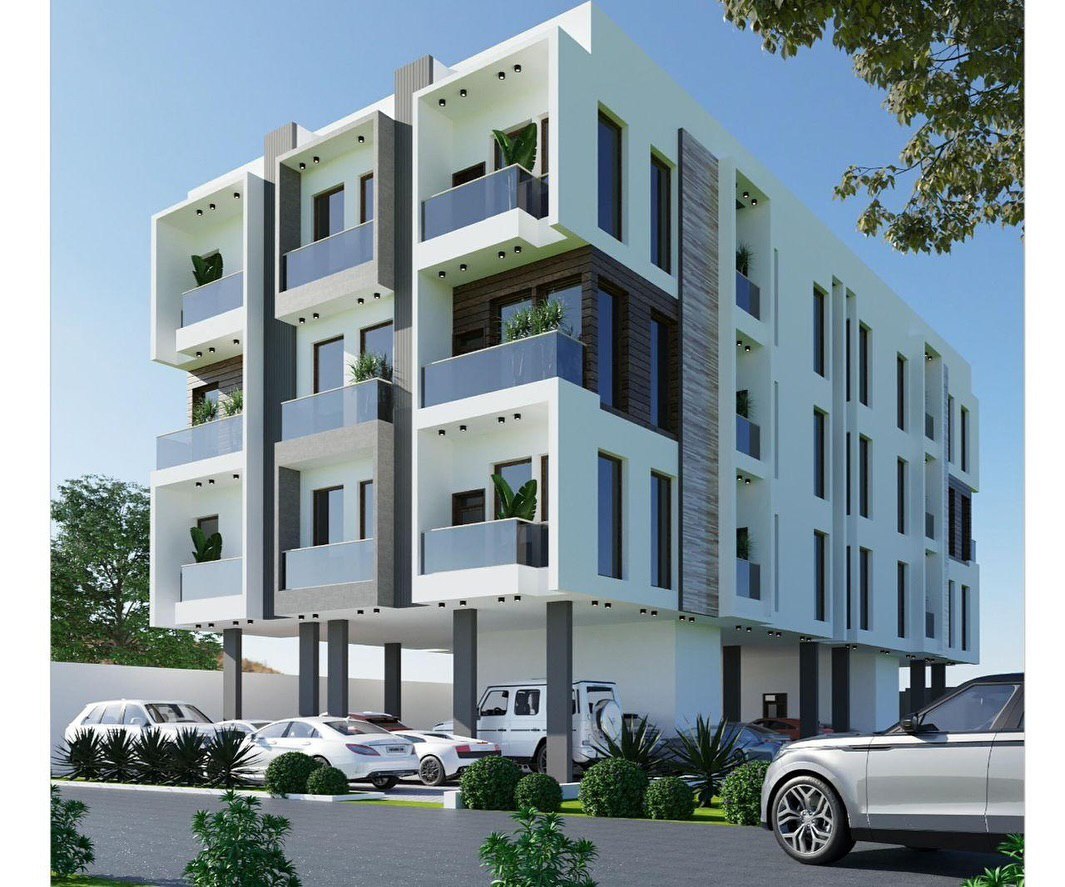“Architecture should speak of its time and place, but yearn for timelessness.”
— Frank Gehry
Traditional architecture, from the vernacular mud homes of Africa to the precise timber framing of Japan, is a testament to intelligent, localized design. It evolved over centuries to be in perfect harmony with the climate, available materials, and cultural needs of its specific place.
Key Advantages of Traditional Design
- Climate Resilience: Features like deep eaves, thick masonry walls, courtyards, and specific orientations were brilliant, natural forms of cooling and heating.
- Local Materials: Buildings utilized resources found nearby—stone, wood, mud, or thatch—reducing transportation costs and ensuring longevity in the local environment.
- Cultural Identity: They rooted communities in a sense of place and history, creating a unique visual language that defines a region.

The revival of traditional architecture with a modern twist is a crucial step towards a more thoughtful and sustainable built environment. It champions regional identity against global homogeneity and proves that the best solutions for the future often lie in the wisdom of the past. By honoring traditional forms, optimizing their performance with technology, and adapting them for contemporary needs, we are building a world that is uniquely rooted, profoundly beautiful, and responsibly modern.

